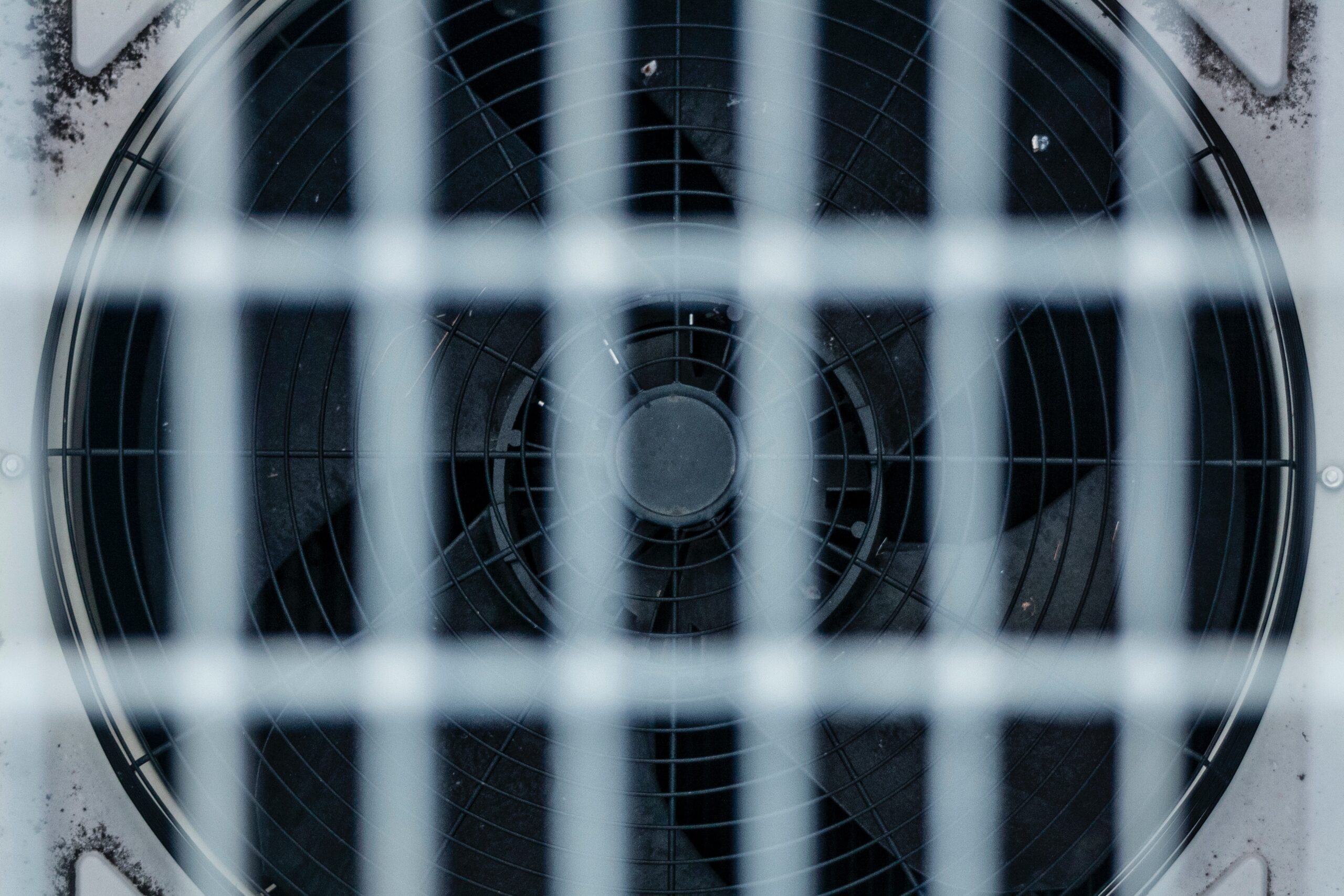Adding a humidity sensor, to your bathroom fan is an idea for your home. It ensures ventilation. Prevents the growth of mold and mildew. In this article we’ll walk you through the installation process of a humidity sensor, for your bathroom fan. We’ll discuss the required steps, wiring possibilities. Provide tips to ensure a successful installation. Let’s begin!
Understanding the Wiring
To start with the installation procedure it’s crucial to have a grasp of how the humidity sensor and fan are wired. Typically the fan will be equipped with six wires; two wires, two white wires, one brown wire and a ground wire. It’s worth noting that the brown wire is specifically designated for either the humidity sensor or speed control.
Wiring Options
Now that we have familiarized ourselves with the wires involved lets delve into the wiring possibilities for both the humidity sensor and the fan. The installation manual might recommend utilizing two switches. One, for the fan and another for the humidity sensor. This configuration grants us control, over both the fan and the humidity sensor.
However if you want to keep things straightforward you have the option of connecting everything to one switch. In this scenario both the fan and the humidity sensor will work together once the switch is flipped on. This eliminates the necessity, for a switch for the humidity sensor, which makes it easier, for users, children who might not grasp its purpose fully.
Installation Steps
Now that we have an understanding of the choices, for wiring lets proceed to the steps, for installation. It’s important to keep in mind that these steps are meant as recommendations and its always advisable to consult the manufacturer’s instructions.
- Turn off the power: Make sure to turn off the power to the bathroom fan at the circuit breaker before you begin any work.
- Remove the existing fan: If there is a fan already installed you should take it down from the ceiling or wall with caution. Make sure to disconnect any connections before removing the fan.
- Mount the humidity sensor: Decide on the placement, for the humidity sensor. Attach it firmly to either the wall or ceiling following the guidelines provided by the manufacturer.
- Connect the wires: Start by connecting the ground wire of the fan unit to the ground wire, inside the box. Use wire connectors to ensure a connection. Repeat this procedure for the wires making sure to follow the color coding instructions provided by the manufacturer.
- Secure the fan unit: Place the fan unit in your spot making sure to attach it either to the ceiling or wall. Remember to follow the installation instructions provided by the manufacturer for setup.
- Test the setup: After you have finished wiring everything and securely installed the fan unit it’s time to turn on the power and test the setup. Make sure to check if both the fan and humidity sensor are working correctly.
- Make adjustments if needed: If you notice that the fan or humidity sensor isn’t functioning properly I recommend verifying the wiring connections and making any modifications.
- Mount the fan cover: Once you have confirmed that the humidity sensor and fan are working correctly follow the manufacturer’s instructions to attach the fan cover. This will give your installation an appearance.
Additional Tips
Here are some additional tips to ensure a successful installation:
- Read the manual: Make sure to consult the installation manual provided by the manufacturer for instructions and guidelines. It’s crucial to follow the wiring requirements mentioned in the manual as different fans might have variations, in their wiring procedures.
- Use appropriate tools: Ensure that you gather all the equipment required for the installation, including wire connectors, screwdrivers and wire strippers. Having the tools, at hand will not simplify the process but also make it safer.
- Seek professional help if needed: If you feel uneasy, about doing work or if there is any uncertainty regarding the installation process it’s always advisable to reach out to a professional for assistance. A licensed electrician can guarantee that the installation is carried out properly and with safety, in mind.
- Consider the location: Find a spot to install the humidity sensor, in your bathroom ensuring it can precisely measure the humidity levels. Make sure to avoid placing it to areas with direct moisture sources, like showers or bathtubs.
- Regular maintenance: After you have installed the humidity sensor and fan it’s important to maintain them. Make sure to clean the fan and check for any debris or blockages that could impact its performance.
Conclusion
Installing a humidity sensor, for your bathroom fan is a move to ensure ventilation and avoid problems caused by excess moisture. By following the steps provided in this article and consulting the manufacturer’s instructions you can easily install a humidity sensor. Reap all its advantages. Remember to prioritize safety and seek help if required. Enjoy a ventilated and cozy bathroom atmosphere!

